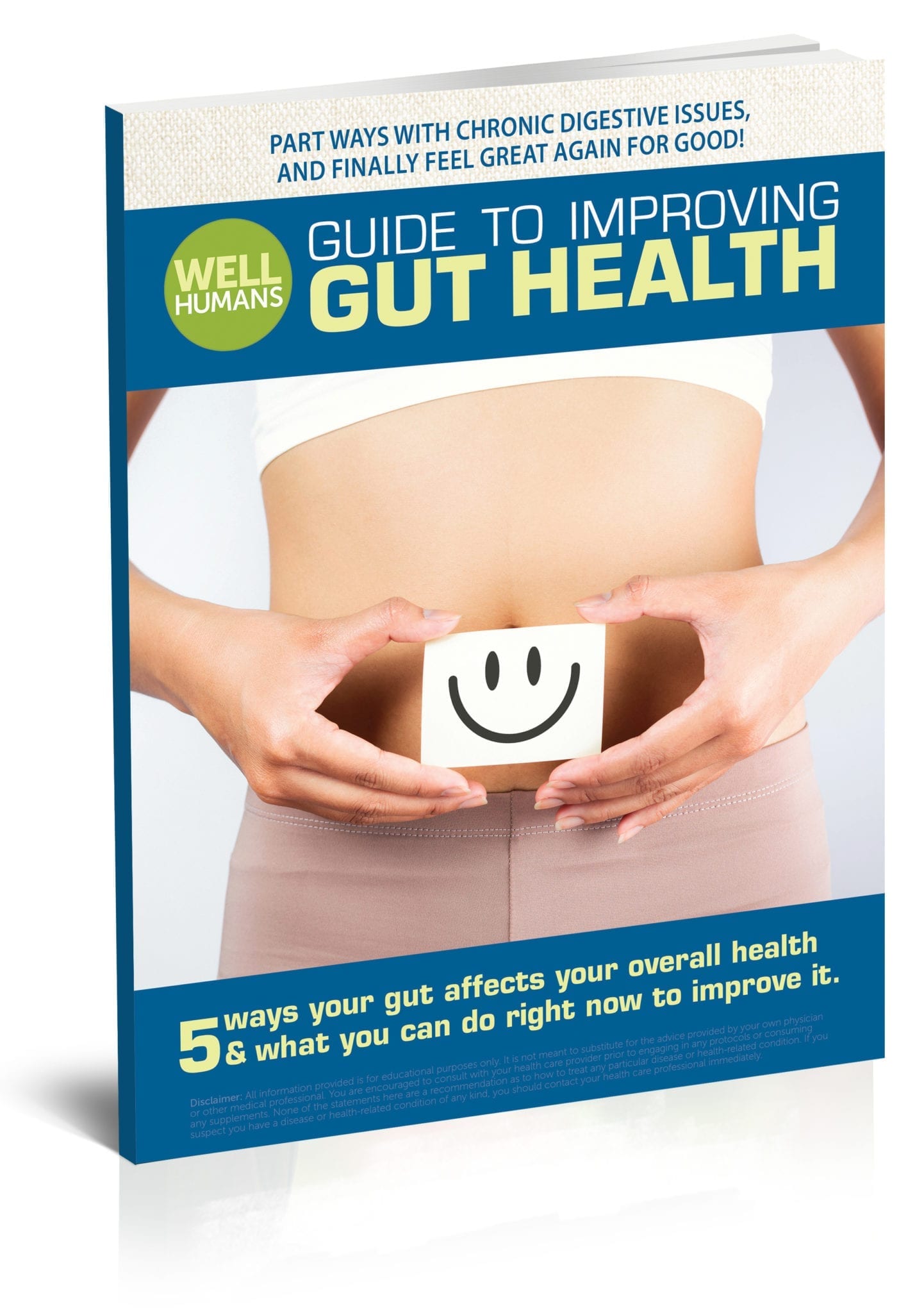Intermittent fasting, is growing in popularity.

Intermittent fasting is turning some commonly-held ideas about weight loss on their heads, especially about the importance of breakfast. Because of this, as with all new approaches to weight loss, it has been gaining steam in mainstream health and wellness. Before you decide intermittent fasting is for you, take a little time to learn more about it.
What is intermittent fasting?
Intermittent fasting is not another fad diet; it is a pattern of eating. Many cultures around the world practice intermittent fasting for religious reasons or to mark special occasions. Only recently has it become popular in Western culture. In intermittent fasting, you are given an “eating window” during which you are allowed to eat; you fast during all other times outside of that window.
There are essentially three ways to follow this eating pattern.
The 16/8 method:
This method is also known as a time-restricted eating. In this method, you are given an eight-hour window to eat. For the next 16 hours, you do not eat anything. Eat a healthy diet during your eating period and drink calorie-free beverages like water or unsweetened teas and coffee only during the fast period.
You can easily set your timings according to your routine. For example, you would start eating at 12:00 p.m. and then stop at 8:00 p.m., fasting until the next day at 12:00 p.m. This is the most common method because it fits in easily with most people’s current routines and produces results quickly.
Eat-Stop-Eat:
The eat-stop-eat method is one of the most difficult. It most closely resembles a weekly body cleanse or detox as opposed to an eating pattern. In this method, you fast twice a week, then eating “responsibly” for the remaining five days. You are allowed low-calorie drinks to help you get through your day.
Individuals may opt for this method if their routine or strenuous work hours do not allow them to skip breakfast. They may intermittently fast on the weekends or on a day off throughout the week.
The 5:2 diet:
In the 5:2 method, women consume about 500 calories and men about 600 calories for two consecutive days, or about about 25 percent of what you’d typically have. It is also known as “The Fast Diet.” There are no requirements about what you can or cannot eat although but the 5:2 Diet Book recommends loading up on plenty of vegetables, as well as small portions of lean meat, fish, or eggs.
Why Intermittent Fasting?
People commit to intermittent fasting because it is easy to adopt and relatively convenient. Most people see rapid, visible results and report a host of other health benefits, such as:
- Quicker, easier, and more convenient weight loss
- Reduced risk of illnesses and diseases like type 2 diabetes, obesity, cancer, stress and inflammation in the body
- Better brain support
- Increased metabolism
- Improved body health similar to results from a cleanse or detox
A Word of Caution:
Intermittent fasting is not for everyone. For example, people struggling with low blood sugar or adrenal fatigue might not do well using this method. As with any change to diet or eating habits, consult a physician or nutritionist before embarking on intermittent fasting.
If you’d like to learn more about ways to eat best for you body and your health, please contact me for a FREE discovery session!





